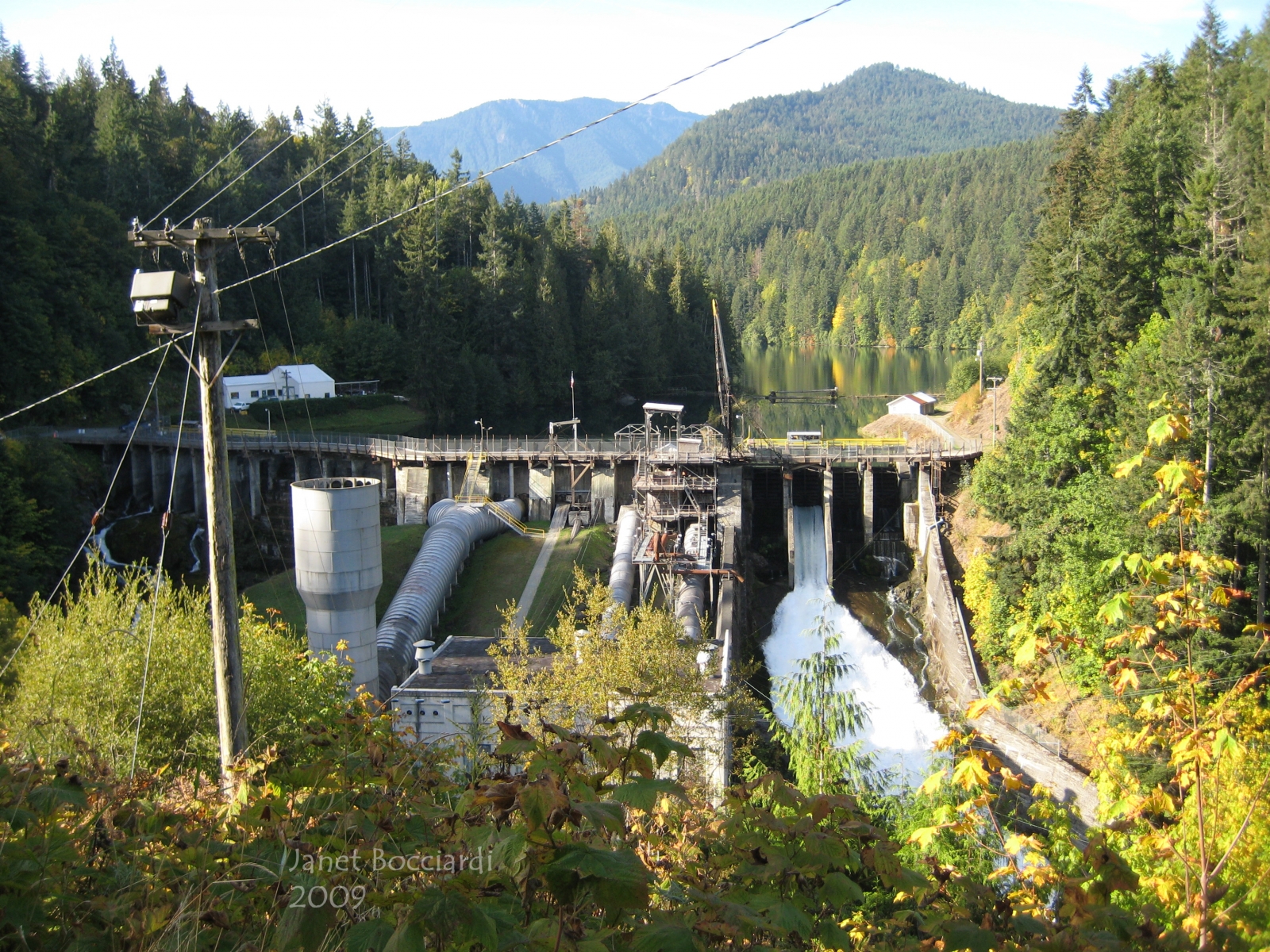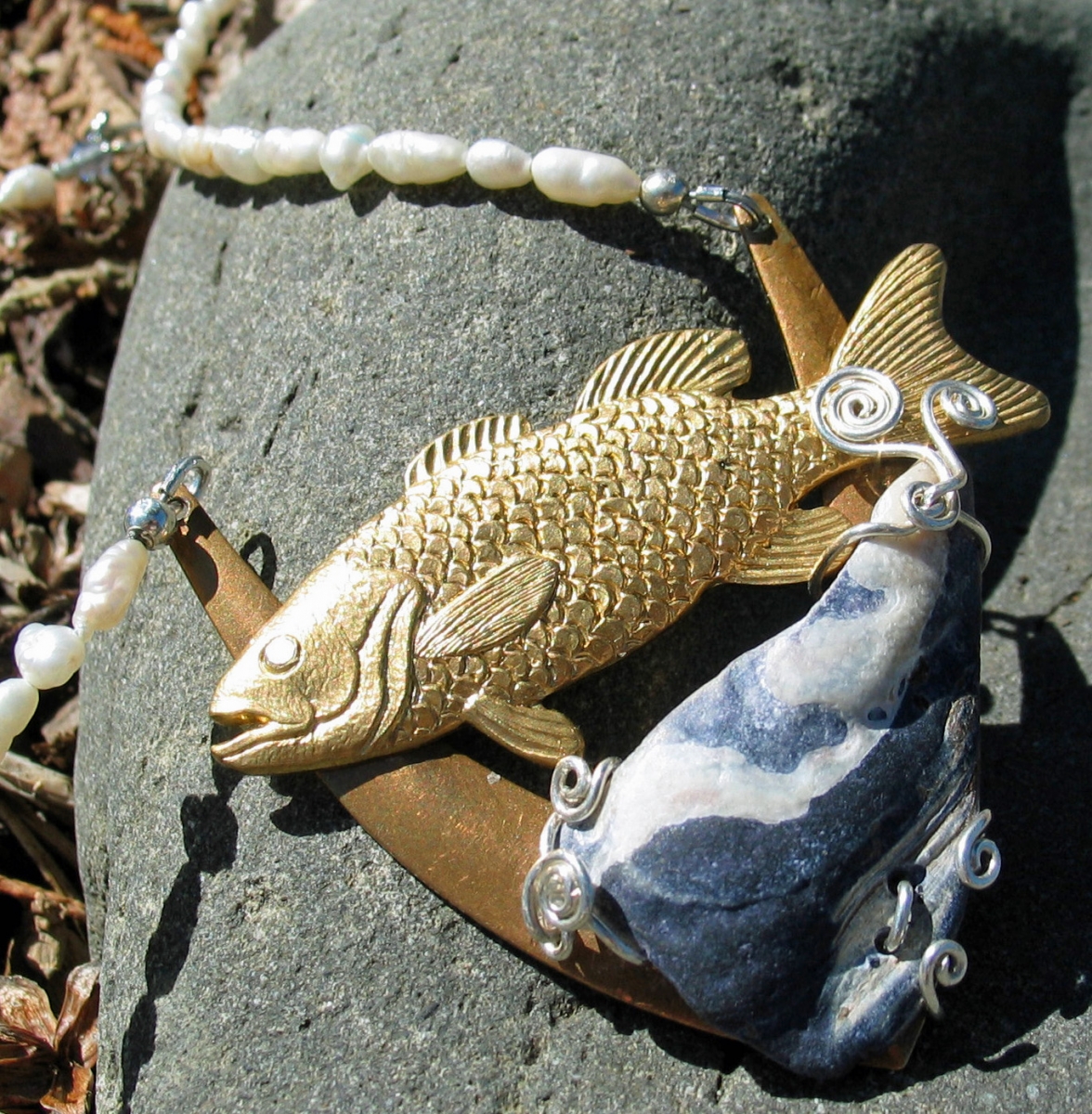We have made many grave environmental mistakes in the last 100+ years, but I am encouraged and excited by the activity that's happening out here in the West with two epic rivers: the Klamath and the Elwha.
Dams erected in the early 1900's have been devastating to salmon and steelhead runs. The dams warmed the waters causing toxic algae blooms and were built without fish ladders for migratory fish to return to their spawning beds.
Most recently we've been reading about the Klamath which flows through Oregon and California. Historically the Klamath was the third-largest source of salmon in the lower 48 states, behind the Columbia and Sacramento rivers. The salmon runs on the Klamath have been reduced to less than 10% of their once historic size. For the past two years ocean fishing of chinook (Kings) has been pretty much banned off the Oregon and California coasts. Coho (Silvers) salmon in the Klamath have already made it on the Federal Endangered Species Act.
A tentative agreement to remove four dams on the Klamath and restore a 300 mile migratory route for salmon has been reached between 28 (!) parties, including the Native American tribes, farmers, fishermen and the power company that runs the dams. The hopeful date is to begin dismantlement in 2020, but there are a lot of hurtles and studies to get through so that date is likely going to slip by years. I feel it's important to support this return of a wild Klamath. We don't have time to waste.
For those that care about the financials: it will cost more to make the improvements necessary to comply with the Federal Clean Water Act and Fish and Wildlife Agency regulations than to remove them.
Elwha River Dam - lower dam built 1910-13, 105 feet high, 8 miles from mouth of Elwha River
Glines Canyon Dam - upper dam built in 1927, 210 feet high, 13 miles from mouth of Elwha River
A little closer to home, for me, is the Elwha River dam removal project slated to begin in 2011. I've been reading about the project to remove the two dams online and in our local newspaper for the last couple of years since we moved into the Elwha River watershed. The dam removal project is the largest of its kind ever in the United States and is intended to restore it to its natural state and hopefully bring back the world famous runs of five species of Pacific salmon and other anadromous fish. Per the USGS website: "The formerly free-flowing Elwha River was famous for the diversity and size of its salmon runs; it produced an estimated 380,000 migrating salmon and trout and supported 10 runs of anadromous salmonids, including chinook that exceeded 100 pounds (National Park Service, 1996). After the construction of the Elwha Dam (1912) and the Glines Canyon Dam (1927), more than 70 miles of mainstem river and tributary habitat were lost to anadromous fish production. This loss resulted in a precipitous decline in the native populations of all 10 runs of Elwha salmon and sea-going trout."
Today less than 4,000 salmon return to the river each year.
And it's not just about the returning fish: the Elwha once provided over 800,000 pounds of nutrient rich carcasses to terrestrial wildlife, birds, aquatic insects, the next generation of fish, and even the surrounding forest. Also, what was once a sediment rich shoreline at the mouth that was home to prolific shellfish beds is now cobblestones.. and anyone that has visited us and taken the walk along our shoreline has seen that evidence. Removing the dams will also return vital nutrients to the watershed and restore the entire ecosystem.
The Lower Elwha Klallam Tribe will experience healing as sacred sites that were flooded by the dams are restored.
If interested in more information on the Elwha project, google Elwha river dam removal and you'll find tons of information from the USGS, NPS, Department of Fisheries, etc.
I know we can't judge past decisions on more recent knowledge or current environmental status. Those folks probably couldn't imagine the number of people that are inhabiting the planet at this date. Resources must've seemed endless. However, I can't help wondering about those few naysayers in the early 20th century that could forsee the losses or just wanted nature to be wild and protected for future generations. I'm glad we've started to listen. We need to change how we judge progress. Industrial and technological progress is not always positive.
No, this wasn't about jewelry, but I think you know a little more about me and what inspires me by reading this.






